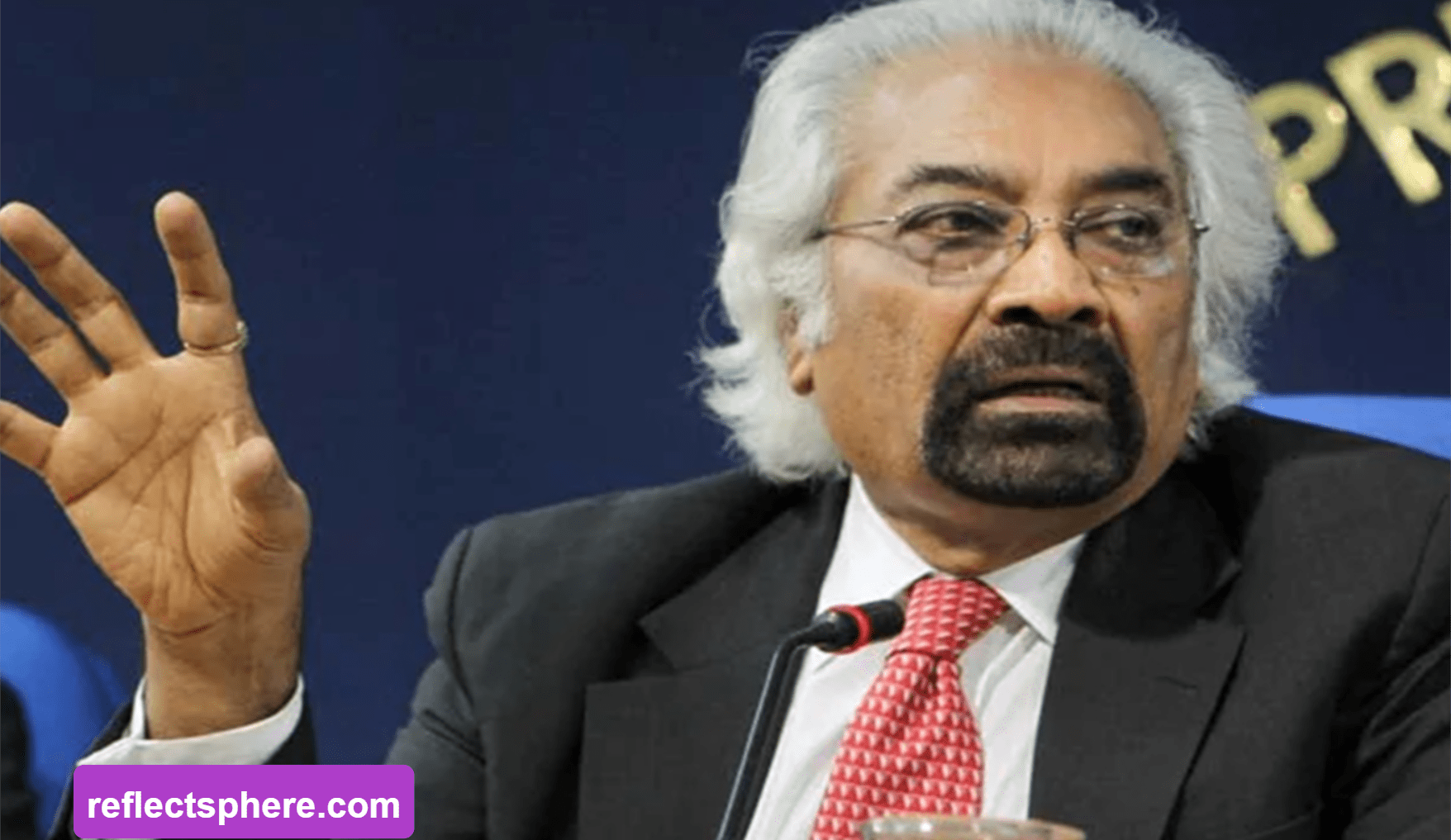Satyanarayan Gangaram Pitroda, affectionately known as Sam Pitroda, is widely celebrated as the “Father of the Yellow Revolution” in recognition of his transformative leadership and his commitment to advancing rural development.
Father of Yellow Revolution: Sam Pitroda
Renowned for his groundbreaking work in telecommunications and his innovative and entrepreneurial approach, Sam Pitroda has had a profound impact on India’s technological advancements. His leadership in the Yellow Revolution exemplifies his visionary commitment to enhancing rural development and agricultural practices in India. This article delves into the extraordinary life and achievements of Sam Pitroda and his crucial role in the Yellow Revolution, which dramatically improved India’s agricultural sector, particularly in oilseed production.
Early Life and Educational Journey
- Birth Date: November 17, 1942
- Birth Place: Titlagarh, Orissa, then part of British India
Sam Pitroda was born into a Gujarati family that was deeply influenced by Mahatma Gandhi’s teachings. He completed his early education in Gujarat before earning a master’s degree in physics and electronics from Maharaja Sayajirao University in Vadodara. His quest for knowledge led him to the United States, where he obtained another master’s degree in electrical engineering from the Illinois Institute of Technology in Chicago.
Sam Pitroda’s Role in the Yellow Revolution
Sam Pitroda played a pivotal role in the Yellow Revolution, leveraging his technological expertise and dedication to rural development. He worked closely with agricultural specialists, policymakers, and farmers, applying his unique insights to overcome challenges in oilseed cultivation. Under his leadership, the Center for Development of Telematics (C-DOT) significantly impacted India’s agricultural sector by introducing advanced farming techniques, hybrid seeds, and innovative cultivation practices that significantly boosted oilseed yield and quality.
Understanding the Yellow Revolution
The Yellow Revolution pertains to the significant growth in oilseed production in India. Oilseeds are crucial for cooking oil, animal feed, and various industrial applications. The revolution aimed to enhance the production capabilities of Indian farmers, increase domestic output, reduce dependency on imports, and support economic sustainability.
Policy Advocacy and Broader Impact
Sam Pitroda’s advocacy for supportive policies was critical to the success of the Yellow Revolution. He championed the expansion of digital telecommunications across India, which not only transformed rural areas by introducing modern technology but also improved the livelihoods of millions. His efforts have led to a decrease in India’s reliance on imported oilseeds, bolstering national food security and self-sufficiency.
Legacy of the Father of the Yellow Revolution
The lasting impact of Sam Pitroda on Indian agriculture is monumental. Through his visionary leadership and unwavering dedication to innovation and rural advancement, Pitroda has fundamentally transformed the oilseed sector, benefiting farmers, bolstering the economy, and enhancing the nation’s overall well-being. His legacy as the “Father of the Yellow Revolution” stands as a testament to the transformative power of technological innovation and collaborative endeavor in revolutionizing essential sectors for societal benefit.
Why Sam Pitroda is in News?
Congress leader Sam Pitroda recently sparked controversy with comments regarding the physical appearances of Indians from different regions, suggesting that Indians in the East have resemblances to Chinese people, while those in the South resemble Africans. These remarks quickly attracted criticism, particularly from the BJP. The Congress party was quick to distance itself from these statements, declaring them “unacceptable.”
During an interview with The Statesman, Pitroda highlighted India’s strength as a democracy and noted the country’s ability to maintain harmony despite its diversity. “We have managed to keep together a nation as varied as India—where to the East, people resemble Chinese, to the West, they look like Arabs, in the North like Whites, and in the South like Africans. But that diversity doesn’t matter. We are all brothers and sisters,” Pitroda explained.
He continued, “In India, we respect different languages, religions, customs, and cuisines. This is the India I believe in, an inclusive place where there is room for everyone and where we all make small compromises.”
Following the backlash, Jairam Ramesh, Congress communications chief, addressed the issue on social media platform X, stating, “The analogies used by Mr. Sam Pitroda in a podcast to demonstrate India’s diversity were very unfortunate and unacceptable. The Indian National Congress does not support these comparisons.”
FAQs
- Who is the Father of the Yellow Revolution?
Satyanarayan Gangaram Pitroda, affectionately known as Sam Pitroda, is recognized as the “Father of the Yellow Revolution” for his significant contributions to rural development and agriculture in India. - What is the Yellow Revolution?
The Yellow Revolution refers to the significant advancement in oilseed production in India, aimed at enhancing domestic output and reducing import dependency.
